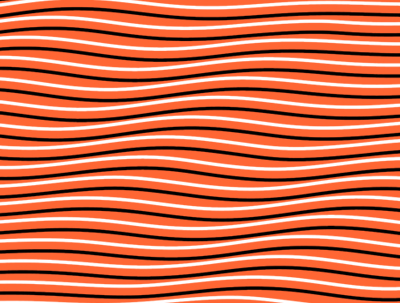Attention lost from TV ads ‘can be regained online’
The research, conducted by Nielsen for video advertising platform YuMe, involved lab observations of 200 respondents over a two month period. Video consumers were instructed to engage with devices —TVs, laptops, tablets and smartphones — as they would naturally at home for 20 uninterrupted minutes.
TV was found to be the initial medium of choice for the multi-taskers in the study ( 53% usage across all respondents), but some participants quickly switched their attention — often within the first few minutes — choosing to seek out content on other devices. Participants spent less than half of the time that the TV was switched on paying attention to it. Nevertheless, TV provided a constant background, even if the participant wasn’t interested in the specific programme being shown.
Of all the ads that were shown in the study, 30% of ads shown on TV were seen; 71% of ads shown on a laptop were seen; 93% of ads shown on a tablet were seen.
“No one is debating that consumers are multi-tasking. This ethnographic study was specifically designed to garner insights into users’ behaviours and preferences while multi-tasking,” said Paul Neto, director of Research at YuMe.
“Despite distraction levels among consumers, it will be important for brand advertisers to continue running campaigns cross-screen, as viewers continue to show they are also attentive on laptops, tablets, and/or smartphones while ‘watching’ TV.”
Full study results can be found here.

We hope you enjoyed this article.
Research Live is published by MRS.
The Market Research Society (MRS) exists to promote and protect the research sector, showcasing how research delivers impact for businesses and government.
Members of MRS enjoy many benefits including tailoured policy guidance, discounts on training and conferences, and access to member-only content.
For example, there's an archive of winning case studies from over a decade of MRS Awards.
Find out more about the benefits of joining MRS here.












0 Comments